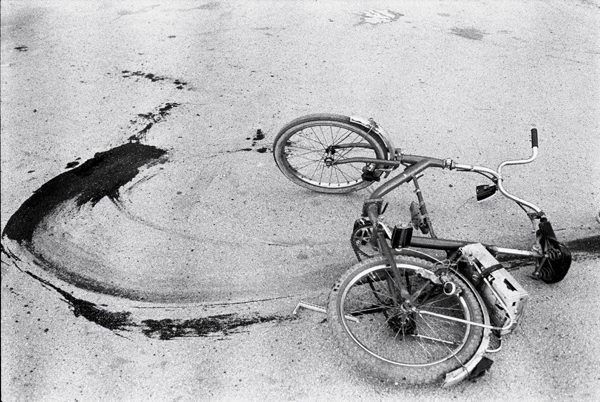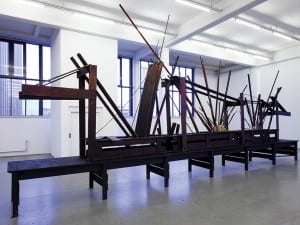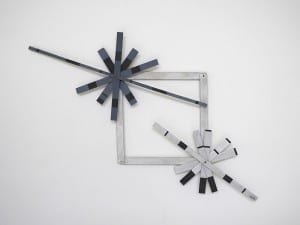“The book came out of grief,” Annie Leibovitz (b. 1949) told an interviewer, speaking about her photographic memoir Annie Leibovitz: A Photographer’s Life, 1990-2005. The retrospective exhibition of the same name, which opened at the Brooklyn Museum in New York in 2006 and has since travelled across the USA and Europe, is currently in Singapore until 19 October. Singapore is the only Asian city apart from Seoul to host the exhibition.
It is hard enough to introduce one of America’s most renowned photographers, let alone curate an exhibition that fairly represents her work. Leibovitz, who began her career with Rolling Stone in 1970, has since photographed some of the best-known actors, writers, politicians, musicians, athletes and leaders of our times. She was the first woman to have an exhibition at London’s National Portrait Gallery in 1991, and has been awarded accolades from the Royal Photographic Society (London) and Los Angeles Museum of Contemporary Art, among others. From Vogue to Vanity Fair, her portraits have been an integral contribution to and documentation of contemporary celebrity culture.
Yet, this retrospective of her work, displaying nearly 200 photographs taken by Leibovitz between 1990 and 2005, is a glimpse into more than this one aspect of the photographer’s life. The curation of these many photographs may seem like an incongruous pastiche where monochrome meets colour, gigantic Jordanian landscapes rest beside scenes of siege in Sarajevo, and celebrities share walls with Leibovitz’s parents, children and loved ones. But in fact, the photographs are carefully arranged in chronological order, providing a window into Leibovitz’s lifeworlds behind the lens, where work, passion and profession are so closely entwined that they can’t be separated. “I don’t have two lives,” Leibovitz declares, “This is one life.”
The exhibition includes oft-seen portraits of the famous, such as Nicole Kidman, Brad Pitt, Leonardo di Caprio, Hillary Clinton and Queen Elizabeth II. But what makes this exhibition distinct is the weightage given to the personal snapshots of Leibovitz’s family – parents, siblings, children, vacations, domestic scenes – images of everyday moments that are inevitable when a camera becomes an intrinsic part of a life. Photographs from her travels, ranging from Italy to Jordan’s Wadi Rum valley and photojournalistic coverage of Sarajevo, add yet another dimension to the work of a photographer we thought we were so familiar with.
One of the threads running through the exhibition is Leibovitz’s relationship with Susan Sontag, who, as the photos depict, had a profound influence and role in her life – friend, lover, confidante, someone she looked to for challenge and inspiration. The exhibition documents their years and adventures together, and shows that Leibovitz and her lens were Sontag’s constant companions even in her final years, documenting the changes that cancer left on the body and spirit of such an icon. Their journey, both in life and in images, ends with one last photo of Sontag in her coffin, taken in 2004.
Above all, the exhibition is a portrayal of the cycle of life and death and everything in between. From the famous image of a pregnant Demi Moore to Leibovitz’s own pregnancy; photographs of growing and of growing old; of formal shoots and playful moments; of dancers and divers flying across the frame; of social campaigns, war, hospitals, illness, and humbling landscapes larger than life itself – it’s got them all.
Kriti Bajaj
Annie Leibovitz: A Photographer’s Life 1990-2005, until 19 October at ArtScience Museum, Marina Bay Sands, Singapore.
Credits
1. Annie Leibovitz, Sarajevo: Fallen bicycle of teenage boy just killed by a sniper, 1994 © Annie Leibovitz from A Photographer’s Life 1990 – 2005, Courtesy of Vanity Fair.




